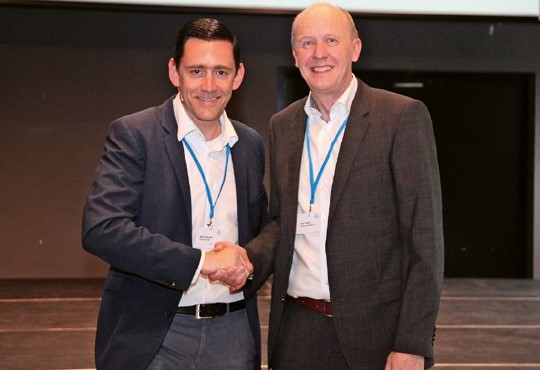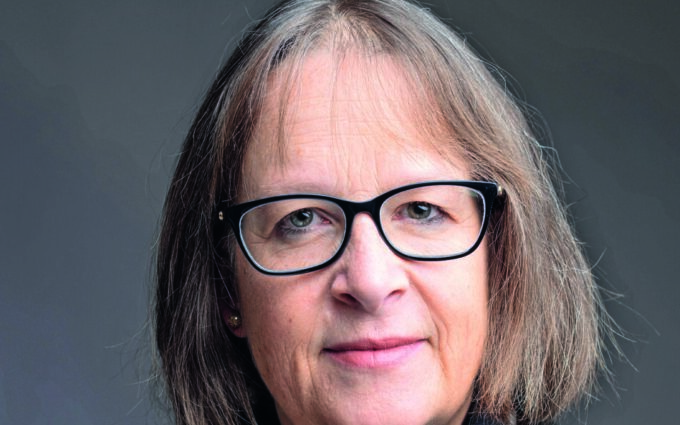Security industry: successful year with interesting projects
The Safety Association SES looks back on an extremely successful year with interesting activities. The collaboration on the fire protection regulations 2026 as well as the training vision 2024 were among the main topics of the business year 2022/23, as President Martin Altorfer said at the recently held general meeting.

For the Association of Swiss Installers of Security Systems (SES) ends the 2022/23 association year with an excellent set of annual results: the industry members have broken the 800 million barrier for the first time with their order volume (cf. here). "This is all the more gratifying because both the Fire and Security sections contributed equally to this historic result," said SES President Martin Altorfer at the 55th General Meeting in Baden.
According to Altorfer, the SES board addressed the following priorities during the last association year:
- Fire safety regulations (BSV) 2026
- Training vision 2024
- Digitization (SES website, etc.)
- Cooperations
BSV 2026: SES strongly involved
SES association members are also involved in the drafting of BSV 2026. In cooperation with the respective working groups of the new fire protection regulations, the SES representatives would use the opportunity to actively introduce the interests of the safety industry, according to the president. In addition, the association had presented its consolidated positions on BSV 2026 to the project management in a position paper. The corresponding paper was also made available to the members in the SES team room.
In cooperation with the Swiss Technical College Winterthur (STFW), the SES is known to offer a course to become a project manager for safety systems with a federal certificate of proficiency for the two specializations "safety" and "fire". As part of its 2024 training vision, the association is redesigning this course. This is necessary because the requirements for security systems are becoming increasingly complex and the challenges for employees in this area are constantly growing, Altorfer said. Additional topics, such as voice alerting or cybersecurity, are now part of the job description, he said. With a flexible, demand-driven course, the association wants to continue to offer professional and future-oriented training, the president emphasized.
Digitization and cooperations
According to Altorfer, SES is investing significant resources in its own digitization: a project has been initiated to renew existing communication tools (website, team room, e-mail, etc.). The goal is to continue to positively support external perception through an adequate web presence and to further optimize internal collaboration within the association and with members.
"Cooperation with other stakeholders remains important for the protection of the association's interests and the Swiss security industry," Altorfer further emphasized. For this reason, SES maintains active relationships with various institutions in the Swiss security landscape.
Who is on the SES board?
SES has a new vice president: Klaus Jank from Siemens Switzerland was elected by those present at the 55th General Meeting in May. The 45-year-old replaces Peter Nebiker as Vice President. Nebiker held the post temporarily after stepping down as SES president. The board is now composed of the following persons: Martin Altorfer (Securiton), Klaus Jank (Siemens Switzerland), Jim Steiner (BSW Security), Fabian Maissen (Zentex Brandschutz) and Stefan Ammann (dormakaba Switzerland).
Detailed reporting on the activities and projects of the individual SES specialist committees can be found in save issue 3/2023 (order here).
SES membership
The number of members in the SES association is currently 96 installers, manufacturers, service providers, planners and authorities. According to information, two new members joined in the last fiscal year, six left. In addition to the annual industry statistics on the reported order volume of the members, SES collects the number of employees working in the security industry. In 2022, SES member companies employed around 5200 people, of whom around 1500 were associated members.









